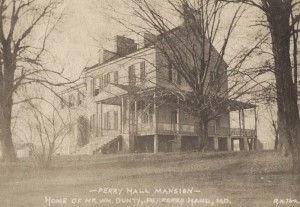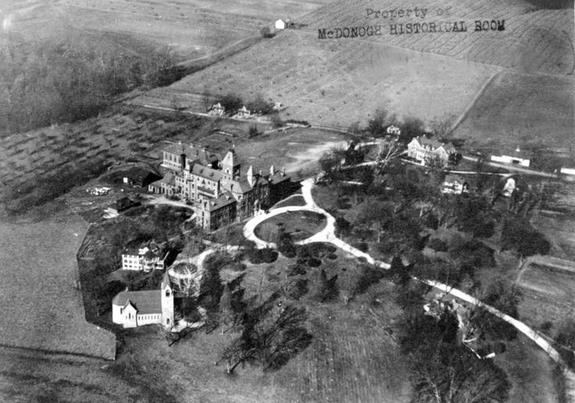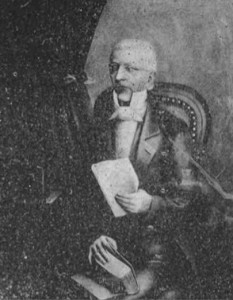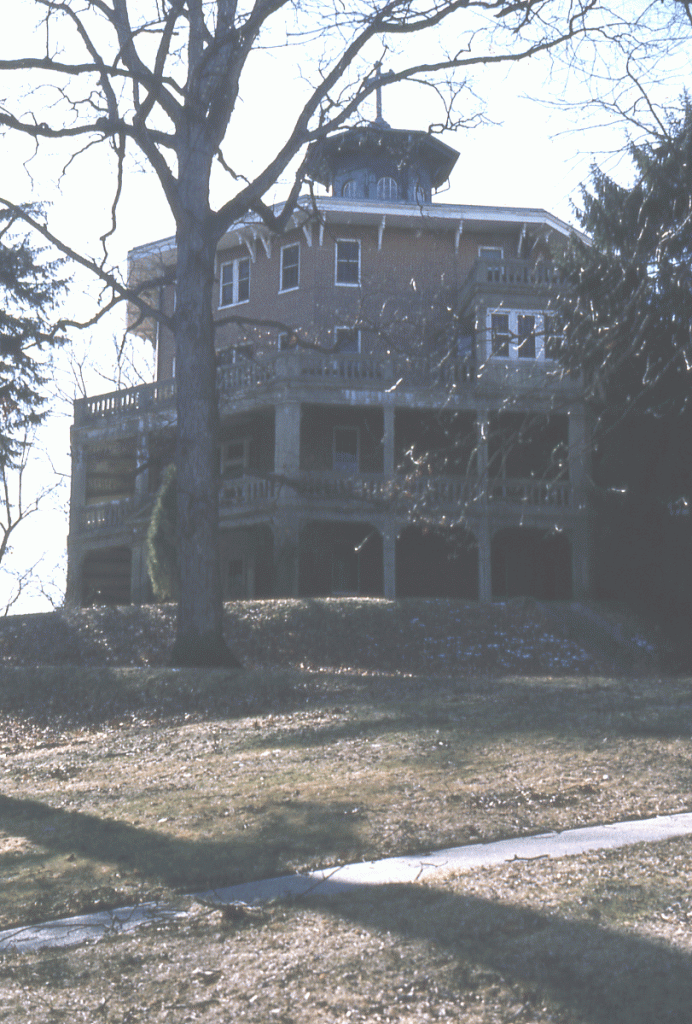In addition to invoking more than a little mystery of rituals and clandestine meetings, Maryland’s Masons have been collecting important pieces of history for hundreds of years. Maryland Masons established a collection in the 1830’s to preserve relics associated with heroes of the American Revolution. The collection parameters were later expanded and the museum accumulated a vast array of material that encompasses not only Masonic-related objects, but also items that were deemed important to preserve for posterity.
Masonic Grand Lodge Museum and Library
Wednesday, March 6, 2013, 6:00 pm – 7:30 pm
Update: Due to predictions of continued severe weather, we have rescheduled tonight’s tour for Wednesday, April 10th, 6:00 pm
304 International Circle, Cockeysville, MD 21030
RSVP today! $15 members | $25 non-members
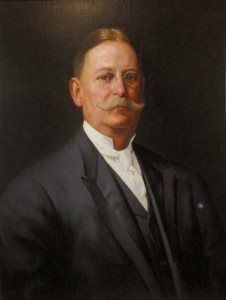
Highlights of the collection include the desk that George Washington used to resign his commission as Commander-in-Chief of the U.S. Army in 1783 in the Old Senate Chamber of the Maryland State House, as well as a rich collection of items that belonged to Baltimore philanthropist and Maryland State Treasurer Thomas J. Shryock (1851-1918). The museum also boasts one of the most extensive and comprehensive collections of Masonic regalia in North America, dating back to 1775. As a result of an ongoing inventorying of the collection, many items have been rediscovered, including Thomas Jefferson’s paper knife given to the museum in 1959 by the widower of Jefferson’s great granddaughter, Sarah Randolph Hammerslough (1871-1959). Museum Curator Edward Heimiller will lead our tour and will help us better understand the origins, beliefs, and history of the freemasons.


